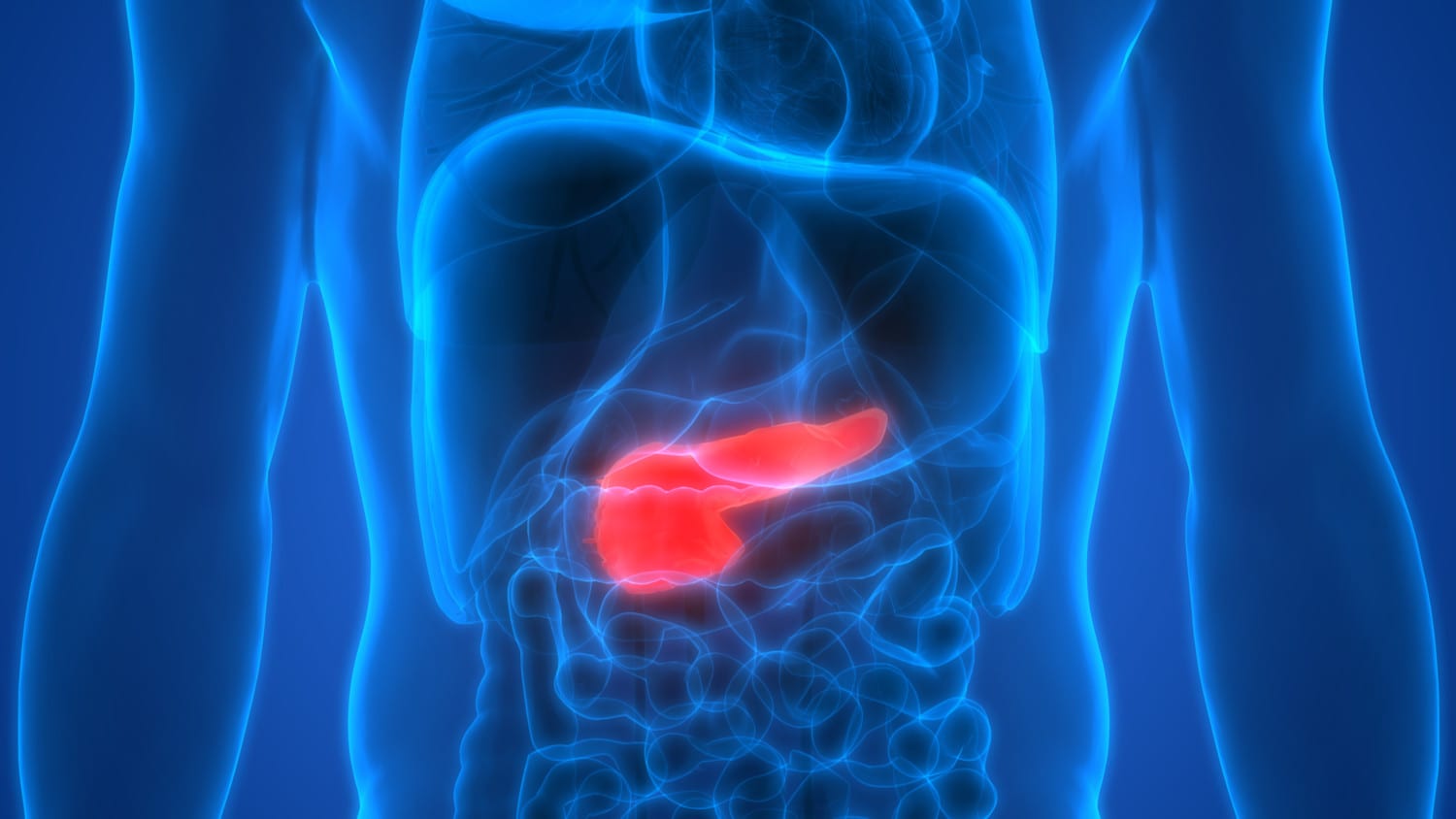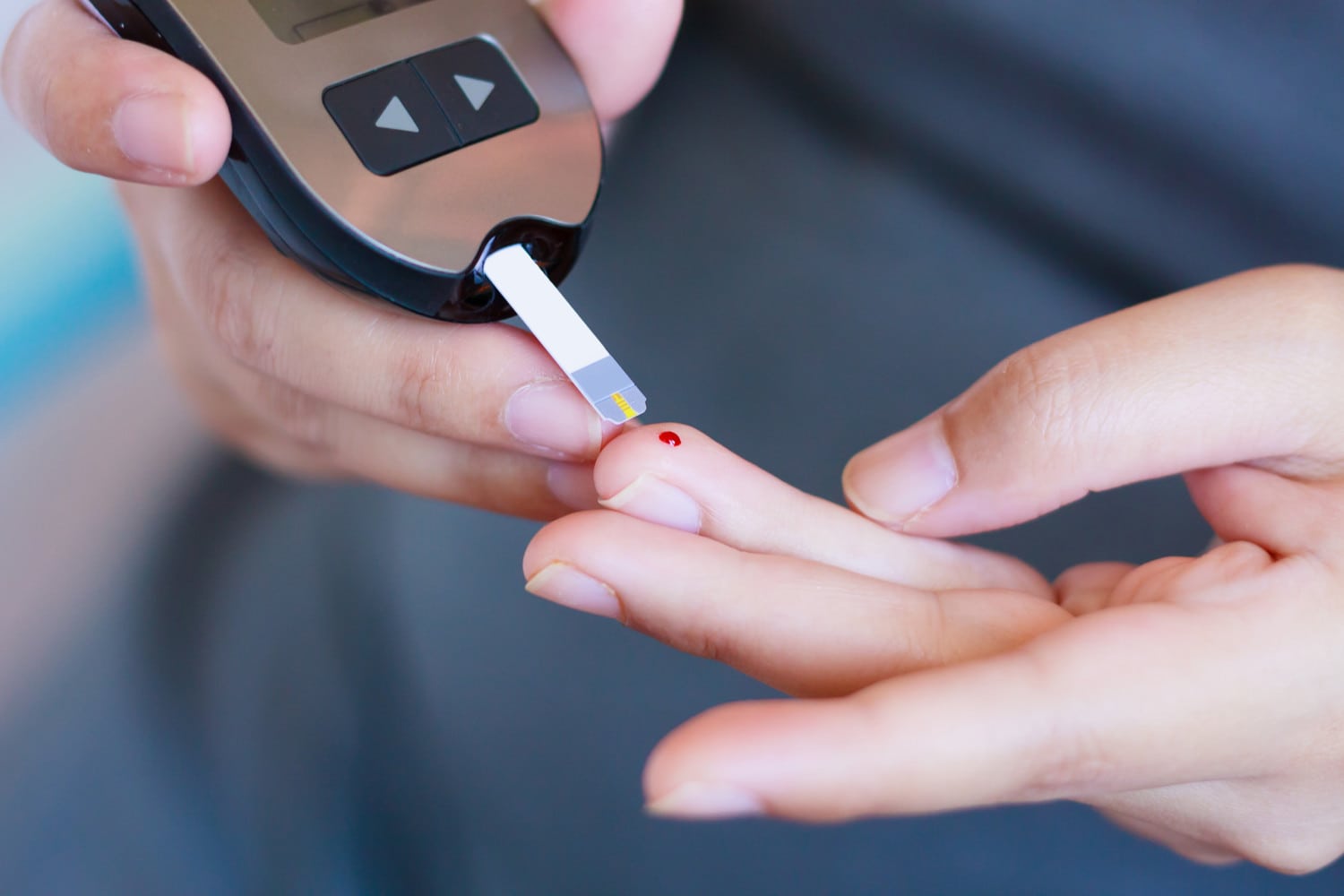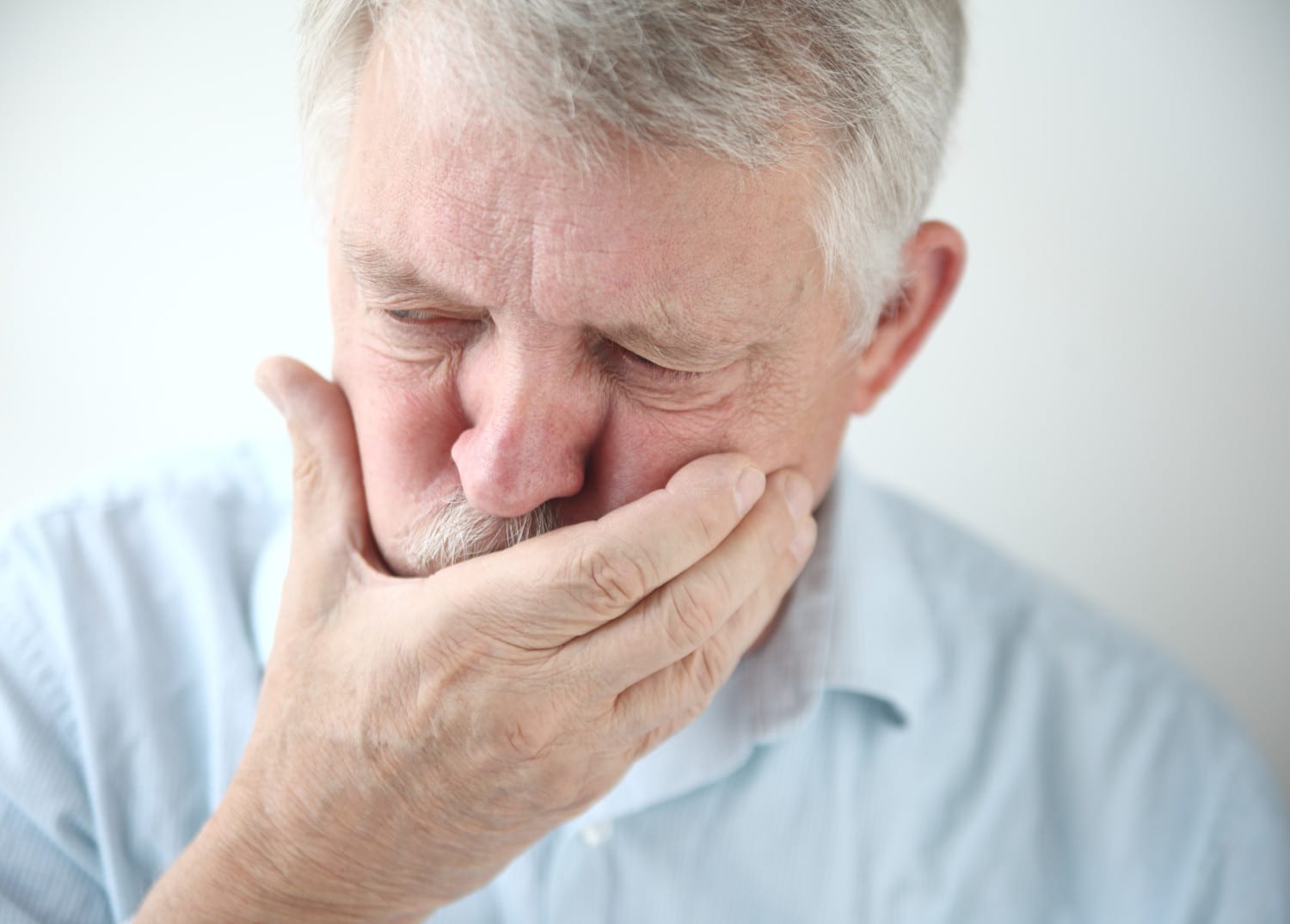Signs and Symptoms of Pancreatic Cancer That Shouldn’t Be Ignored
Longtime Jeopardy host Alex Trebek’s announcement that he has stage 4 pancreatic cancer has brought recent attention to the aggressive, and often deadly, disease that affects about 57,000 Americans every year.
“Now, normally, the prognosis for this is not very encouraging, but I’m going to fight this,” Trebek, 78, told fans.
Overall, the five-year survival rate for pancreatic cancer is 9 percent, according to the American Cancer Society. If the cancer is localized, meaning it has not spread out of the pancreas, the five-year survival rate is 34 percent.
But, pancreatic cancer is rarely diagnosed early, because signs and symptoms don’t typically appear until it has metastasized, explains Dr. Marc Matrana with Ochsner Health System in New Orleans.
We interviewed doctors to better understand the symptoms of pancreatic cancer and why early detection is so elusive with this type of cancer.

Why Is Pancreatic Cancer So Deadly?
Pancreatic cancer is known as a “silent cancer,” and it rapidly spreads to nearby organs, Matrana explains.
“Pancreatic cancer is particularly deadly because of the pancreas’ location, which is in the middle of the abdomen and close to vital organs,” he explains.
In most pancreatic cancer cases, the cancer has already spread by the time patients are diagnosed, explains Dr. Aaron Sasson, chief of Surgical Oncology of the Stony Brook University Cancer Center, which is designated by the National Pancreas Foundation as a Pancreatic Cancer Center. Only about 20 percent of pancreatic cancer patients are eligible for surgical treatments, Sasson explains. When the cancer can’t be surgically removed, the average patient survival time is about a year, he says.
Also, as far as treatment is concerned, the pancreas is very resistant to chemotherapy and radiation, says Dr. Omar Llaguna, a surgical oncologist at the Miami Cancer Institute.
Pancreatic tumors are surrounded by dense stromal tissue, which is thought to play a significant role in protecting cancer cells from chemotherapy and radiation therapy, Llaguna says.
“This dense tissue acts as a barrier which surrounds the tumor,” he says. “Research efforts are now in place to develop drugs which can help break down that barrier in order to improve the delivery of chemotherapy and radiation therapy to the tumor.”
There are currently no routine screenings for pancreatic cancer. However, if you have a family history of pancreatic cancer, you should discuss this with your primary care physician, who then may refer you to a gastroenterologist specializing in pancreatic diseases to discuss treatment options, Llaguna says. This could include a CT scan of the abdomen, MRI of the abdomen or an endoscopy.
Also, early symptoms and signs of pancreatic cancer are vague and non-specific, and, because of that, they are commonly ignored or are attributed to other common illnesses, says Dr. Adil Akhtar, an oncologist and palliative care expert and medical director of inpatient clinical operations at Karmanos-McLaren Oakland Cancer Center in Michigan.
Here are some symptoms of pancreatic cancer:
Sudden-Onset Diabetes
About 80 percent of pancreatic cancer patients have glucose intolerance or diabetes, explains Llaguna.
“This has lead researchers to believe that pancreatic cancer can either cause diabetes, or that diabetes can actually promote the development of pancreatic cancer,” he says. “That said, new-onset diabetes is often times an ignored symptom which may suggest the presence of pancreatic cancer.”
If someone experiences symptoms that suggest diabetes, such as excessive thirst and hunger, frequent urination, irritability, blurred vision, weight loss or weight gain or slow-healing wounds, they should seek the advice of their primary care physician, Llaguna says.
In patients with a known history of diabetes, and that is well controlled, a sudden change in their blood sugar control could also be a sign of pancreatic cancer, Sasson says.
Persistent Nausea
One of the functions of the pancreas is to aid in digestion, explains Dr. Ehsan Ali, a Beverly Hills, Calif., doctor who is board certified in internal medicine and fellowship-trained in geriatric medicine. “If the pancreas is not working properly due to cancer, this will lead to upsetting the digestive process, with symptoms such as nausea and vomiting,” Ali says.
Jaundice
A tumor can block the bile that flows from the gallbladder into the small intestines, explains Matrana. When that happens, there’s a build-up of bilirubin that occurs. Bilirubin is a waste product that has a yellow-orange pigmentation. High levels of bilirubin can cause jaundice.

Back And Abdominal Pain
Back and abdominal pain can be caused by a tumor that is pushing against nerves or organs, Matrana says. This could also lead to a blockage in the digestive tract.
Loss Of Appetite
Tumors can also slow or block the digestive process, which leads to loss of appetite, Matrana explains.
In general, symptoms can be a general feeling of being sick, with indigestion, and weight loss accompanying the loss of appetite, says Akhtar. Sometimes, these signs and symptoms can be intermittent.
An important takeaway: Exhibiting one or multiple of these symptoms doesn’t mean you have cancer, Matrana says.
And doctors say there is some home with pancreatic cancer, because their understanding of the disease is improving. There have been some small, incremental advances in therapies, Sasson says, and researchers are attempting to develop an effective test for pancreatic cancer.












